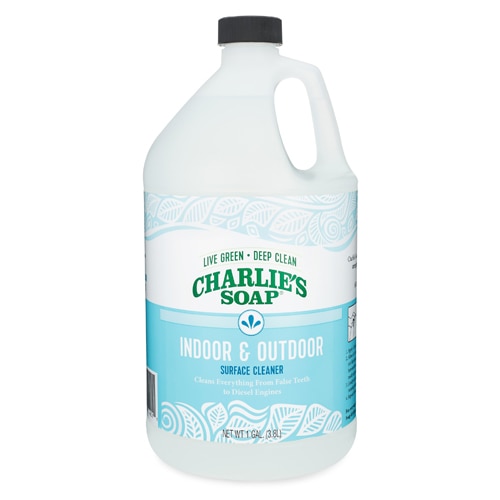It’s below freezing in many parts of the country, which means staying cozy and snug at home is a very appealing prospect. In fact, Americans spend nearly 90 percent of their time indoors, year round. That places a whole new significance on the air quality within our homes, especially as we inhale around 10,000 liters of air per day! Unfortunately, poor indoor air quality is surprisingly common—especially in the colder months.
That’s because while our homes may be open for fresh air much of the year, we tend to “batten down the hatches” when it’s chilly to retain heat and reduce drafts. In fact, many families ensure that every nook and cranny is sealed for winter, trapping in pollutants which can then re-circulate, prolonging our exposure to mold, dust and chemical toxins.
How bad is poor indoor air for us anyway?
According to the US Environmental Protection Agency (EPA), some negative health effects may show up after a single exposure to one or more indoor air pollutants, such as irritation of the eyes, nose and throat. Other symptoms may be similar to those from hay fever, colds or similar viral diseases. Longer term potential effects are far more serious, such as respiratory illness, heart disease and even cancer.
Children are particularly vulnerable to toxic chemicals in the air, due to their developing lungs, with repeated exposures potentially causing colds, coughs, skin irritation, rashes and even asthma, which afflicts one in 10 kids.
What are the major sources of indoor air pollutants?
- Radon, a noxious gas found in home foundations and building materials, is the second-leading cause of lung cancer, according to the EPA. Fortunately, simple, accurate home testing kits are cheap.
- Tobacco smoke, which contains 200 known poisons and 43 cancer-causing compounds. Second-hand smoke causes 3000 deaths due to lung cancer, 35,000-50,000 deaths due to cardiovascular disease, and 15,000-300,000 cases of respiratory infections in infants.
- Volatile organic compounds (VOCs) are dangerous gases emitted from numerous products including detergents, chlorine bleach, aerosol sprays, air fresheners, furniture and floor polish, oven cleaners, tobacco smoke and hobby supplies. The burning of fuels such as gas, wood, and kerosene also creates VOCs.
- Mass-market candles, air fresheners, cosmetics, perfume and personal care products contain numerous toxins including phthalates, a family of industrial chemicals that can damage the liver, kidneys, lungs and reproductive system.
- Petroleum-based laundry detergents, bleach, dryer sheets and commercial household cleaning products of all types, especially those containing ammonia.
- Pesticides, cleansers, paints and varnishes which contain dangerous ethylene-based glycol ethers and terpenes.
- Home furnishing, carpets and other building materials that off-gas over time.
- Mold and mildew.
How can you improve air quality in your home environment?
Given that indoor air can be 2 to 5 times more toxic than the air outside, it makes sense to take steps to ensure that your home is a healthy haven in all seasons. Consider these simple but effective ideas:
- Fresh outdoor air is the cheapest and easiest way to clear the atmosphere, so even when it’s cold, open windows briefly each day, and sleep with your windows cracked for fresh oxygen. This is important for children too!
- Exchange petroleum-based, chemical-laden cosmetics and personal care items for healthier alternatives in every category, from make-up to shampoo, baby care, hair spray, shaving cream, body lotion and more.
- Seek out non-toxic alternatives when it comes to household cleaning and laundry products including dish soap, glass cleaners, bathroom cleaning supplies, counter scrubs, all-purpose/concentrated products, etc.
- Filter the air with beautiful house plants! According to the NASA Clean Air Study, spider plants, peace lilies, English Ivy, bamboo palm, weeping fig and Boston fern can safely remove benzene, formaldehyde, trichloroethylene, xylene, and ammonia from the air—chemicals that have been linked to headaches, eye irritation and other health problems.
- Install a home air filter, air purifier, or ideally a hybrid device. High-efficiency particulate air (HEPA) filters remove dust, dander, pollen, and other particulate matter from the air, whereas air purification systems clear formaldehyde and other VOCs, some using advanced oxidation technology to kill microbes and neutralize chemical gases.
While there are other changes you can make, these solutions will go a long way toward helping you create a safer, healthier home environment—all year round.




